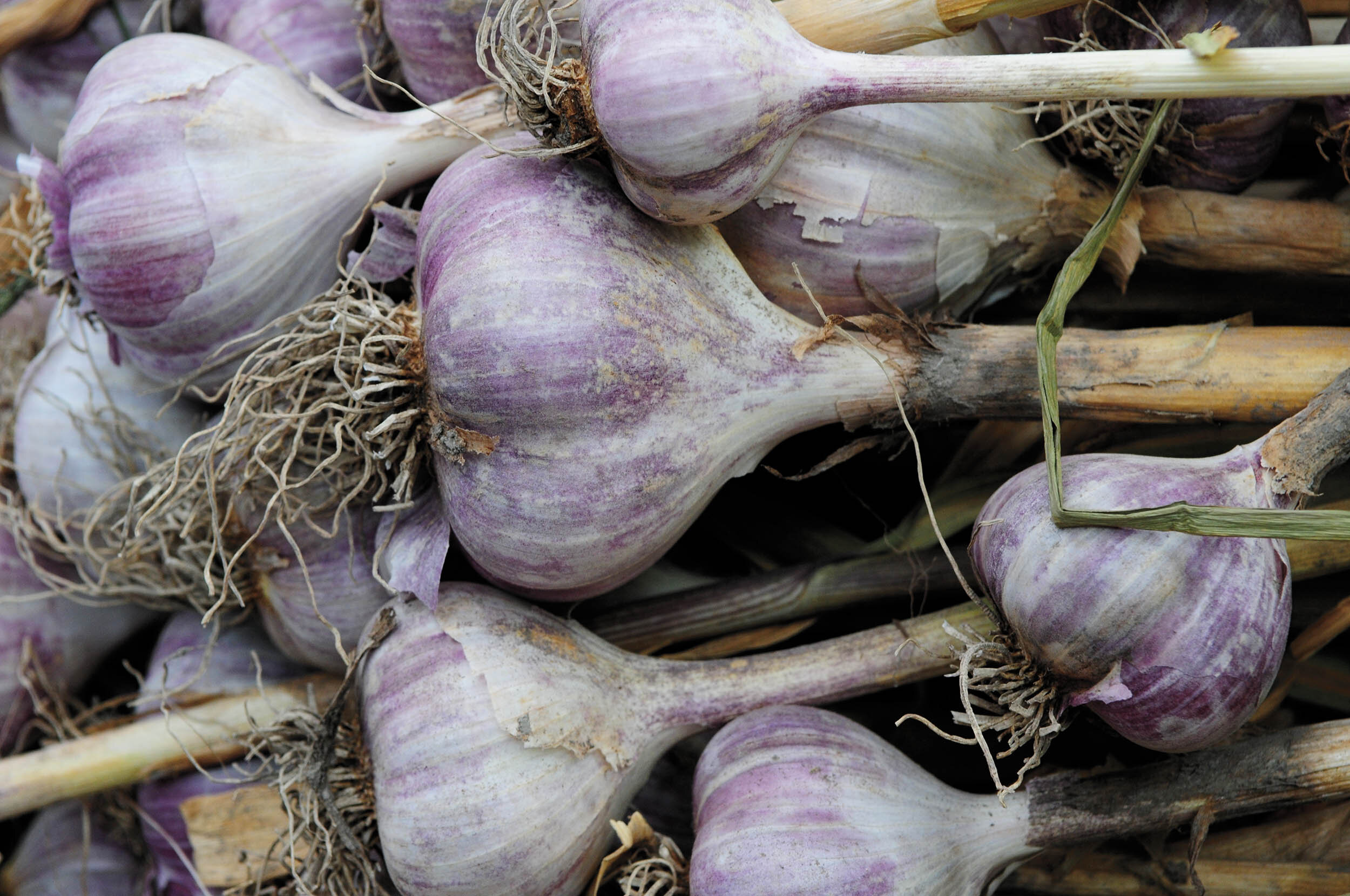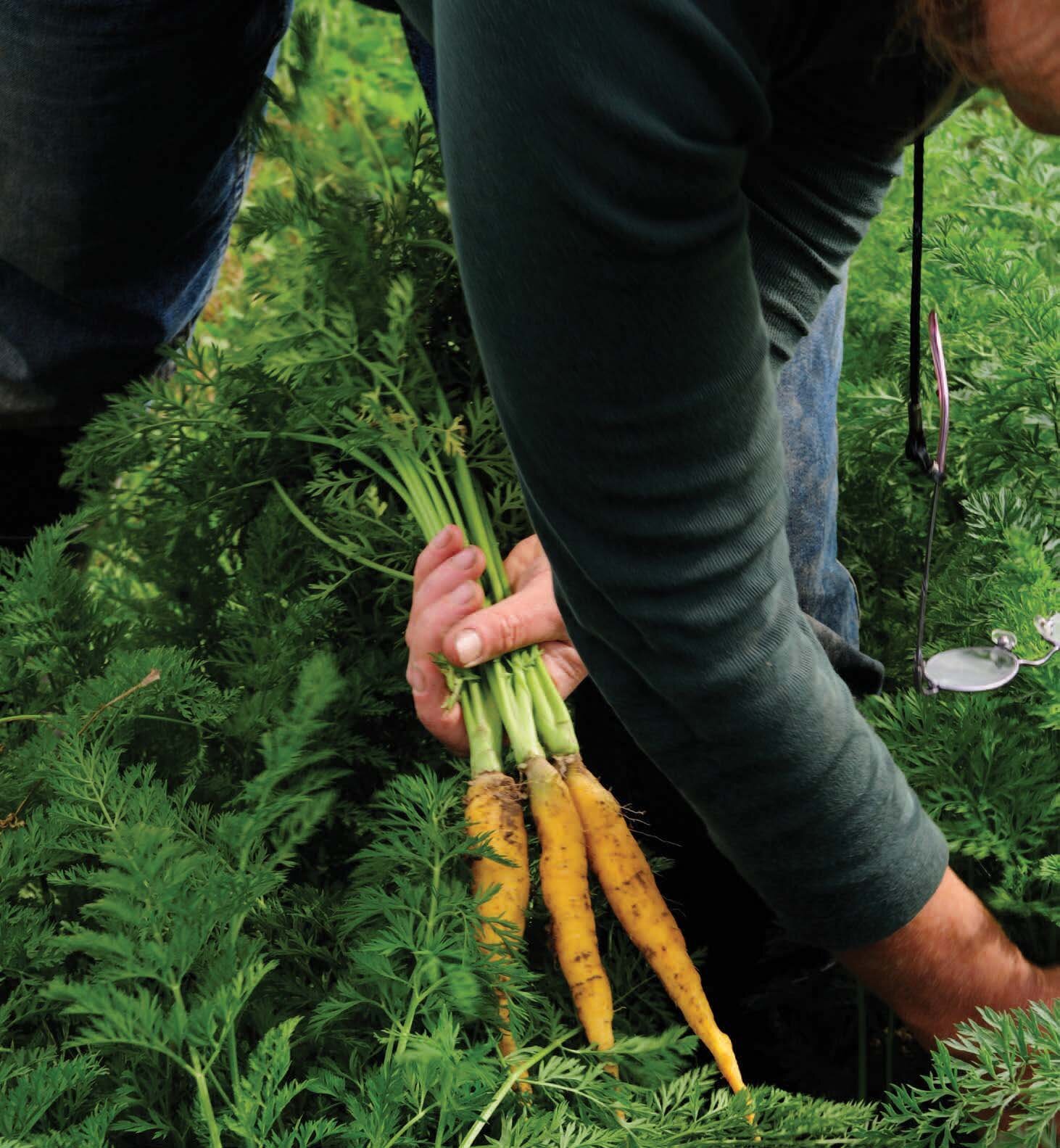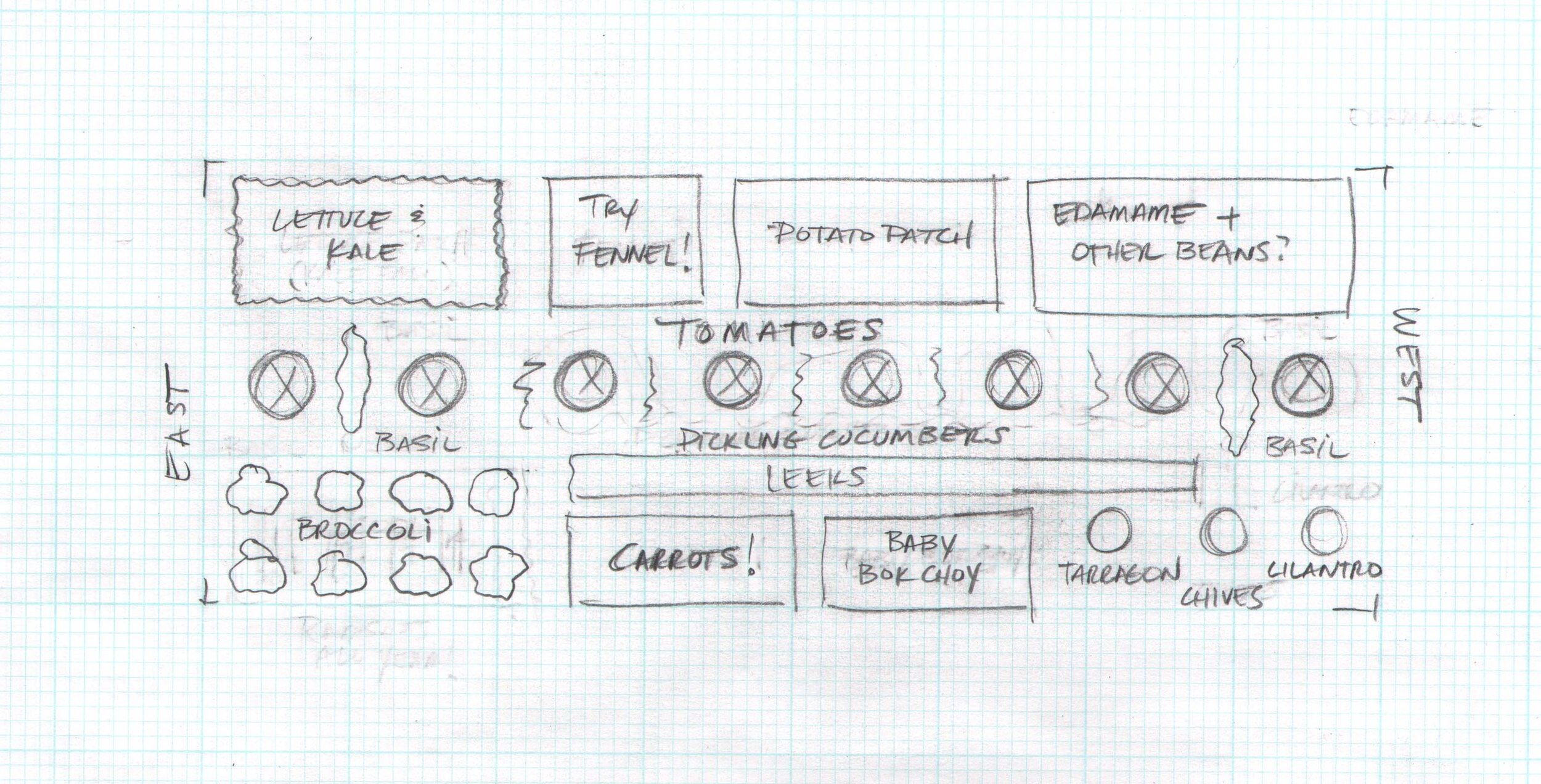The Stinking Rose: A Gardener’s Favorite

Part I
Those papery white bulbs at the grocery seem exotic to many home cooks, grown only by gurus in faraway, subtropical lands. Inspecting the bulb — free of dirt, blemish, and leaf — gives no real clue as to how it got here. So, the suggestion to grow garlic in one’s backyard, in our temperate Zone 6, seems ridiculous, a practical joke.
Folks often think “tomatoes” when planning their first garden, but along with the glamour of tomatoes — big, sprawling, in-your-face plants decked out like Christmas trees — comes the drama of growing them (disease, pests, and the throngs of furry woodland creatures who are just fine with the underripe tomatoes that humans naively leave on the vine for just one more day).
No, tomatoes don’t make my “first year” list (at least not without a short conversation about managed expectations). The new gardener needs a year of sweet success to prove the effort is worth it.
Garlic — the cook’s secret aromatic weapon — is just the plant to seal the deal. Easy to sow and maintain, garlic is a home gardener’s dream crop. The seed clove spends its first four to five months of life underground, out of sight, focusing on root growth, with zero attention required of the gardener. In the spring, a short growing season ensues, sending a slender spray of greens two to three feet high. By mid-July, following a comfortable care routine, it’s time to claim the reward of beautiful, ultra-flavorful bulbs.
This series takes a close look at the magic of growing garlic in the Ohio Valley. In this issue, I’ll cover the basics of planting. Once you see how simple it is, you’ll be itching to try it yourself.
Three Basic Garlic Types
Part 2 of the series will introduce the wide variety of garlics we can grow here, but by way of overview, know that there are three types of garlic: hardneck, softneck, and elephant.
Hardnecks are big in flavor and garlic punch, producing long, curly scapes (wonderfully edible flower shoots that appear in May). Softneck varieties do not produce a scape — the scape is the eponymous “neck,” which, upon curing, hardens like a thick twig. Softnecks are what you commonly find in the produce aisle, as they ship and store extremely well. Elephant garlic is actually not true garlic, but more akin to a leek. Equally easy to grow, its bulbs and cloves are huge with a nice, mild garlicky flavor.
Purchasing Garlic for Planting
One of the lovely characteristics of garlic is that what you eat — the cloves — and what you plant are the same. In fact, regular growers of garlic — both home gardeners and farmers — set aside a portion of each year’s harvest to replant the following season. So, find a well-formed garlic bulb, and you’re good to go.
Check the big online nurseries to see what they have in stock, or, stop by any of the farmers’ markets still in operation locally, and ask the growers if they have any leftover bulbs from their season.
In a pinch, you can purchase garlic from the grocery store, with the caveat that this garlic is bred for shelf-life, not propagation. I did this one year, as an experiment. The bulbs were small (smaller than their parent), but it still cooked up like garlic should. Give it a shot, and if you enjoy the process, seek out better varieties next July (the optimal ordering month).
When to Plant
Mid to late fall is the best time to plant your garlic. I aim for mid-October, unless we’re having a long stretch of unusual warmth, when I’ll wait until November. Any time before the ground freezes, while the soil remains workable is sufficient. (If this article moves you to try planting garlic, just make sure we’re not in the middle of a freaky November freeze before you go on the search.)
Why plant in the fall? Garlic grows best when it’s had a chance for the cloves to establish a sound root system in cool soil before the vigorous green growth above ground begins. There’s not enough time in the spring for this to happen because waiting for the ground to thaw in March means too short a stretch between planting and harvesting.
Prepare the Bed
Choose a sunny location with loamy, well-draining soil. Turn over the soil to a depth of about six inches, working in plenty of clean, rich compost as you go. Rake the surface flat, distributing the soil evenly through the bed. If the weather (and your schedule) permits, let the bed rest for a couple of days to settle and self-level.
Gather your mulching material: You’ll need to have enough to cover the bed with three to six inches of loose matter. If you have trees and a mulching lawn mower, attach the grass catcher to your mower and make several passes through patches of fallen leaves. Not only will the mulched grass and leaves provide the necessary winter protection for your garlic, but this mixture provides an optimal combination of nutritious green and brown matter, which is an excellent amendment for your garden soil. If you don’t have a mulching lawn mower, brown leaves or seed-free straw will also work well.
Choose the Planting Layout
Depending on the size and shape of your garden, you’ll want to plant the garlic either in roomy rows or in a tight grid, with one row offset from the last. Each design comes with its own advantages and disadvantages. Rows are particularly useful for larger-scale plantings, as you can easily cultivate between them (and later, harvesting can be accomplished methodically with a long-handled shovel). The main disadvantage of rows is that there is wasted space that could otherwise be used for growing, and in the typical home garden, space is precious.
A grid design allows you to fit a good number of garlic plants into a small space. This is the layout I prefer, growing most of my garlics in a 3-x-10-foot plot, which comfortably fits 50 to 70 plants. The disadvantage of an intensively planted grid is that you have to weed by hand, reaching down between the plants. The shape of my plot is intentionally narrow so that I can easily reach the soil and plants in the center of the bed.
On the Day of Planting
Select and prepare your garlic bulbs and cloves: Carefully break open the bulbs and separate the cloves. Don’t worry about the papery skins: pluck off what’s loose and leave the rest intact. Select the largest cloves for planting and use the smaller for cooking. While the flavor is the same from one clove to the next, large, well-formed cloves tend to produce the largest, healthiest bulbs.
If you’re planting more than one variety, don’t forget to keep the cloves separated and labeled. Many garlics have cloves that resemble each other in coloring and shape, and it’s easy to lose track of which is which (been there, done that). Even kitchen bowls temporarily labeled with masking tape will do the trick.
Divide and mark the bed: If you’re planting just one variety of garlic, you’re golden — you can skip this section. Otherwise, you’ll want to mark your prepared garden so that you can tell which variety is growing where. I’ve grown more than 15 varieties of garlic and have handled hundreds of plants in my home garden, and despite that experience, I still find it difficult (if not impossible) to tell garlic plants apart just from the appearance of the greens above the ground, and varieties with the same color bulbs are likewise difficult to differentiate until you bite into a clove.
I use either heavy twine or stretchy, green plastic tape, plus garden staples, to lay boundaries between the varieties, and then draw a labeled map in my garden journal. Relying on plant markers or row stakes as labels is iffy at best, as rounds of harsh winter weather can dislodge and relocate tags (also been there, done that: Hello, 2007, Year of the Mystery Garlic).
Dig and sow: Pre-digging all of the holes saves time and lets you precisely place cloves at the desired spacing. I recommend planting cloves eight inches apart. In a rowed configuration, leave enough space to walk between rows, about 24 inches on center. In an offset grid, cloves should be eight inches apart in all directions.
The cloves should be planted at a depth of about three inches, with one to two inches of soil covering them. There are auger-type tools made for planting bulbs, but I use a 1-inch diameter wooden dowel roughly shaved to a taper with a line drawn three inches from the tip. Insert the dowel into the ground down to the 3-inch mark and give the stick a wiggle in a circular motion to widen and firm the hole. Continue drilling the remaining holes for all of your seed cloves so you can visualize the layout.
Place one garlic clove, pointy end up, in each hole. Cover with soil and firm. Spread mulch over the bed.
And that’s that. The cloves will do their root establishment thing underground until the first hard freeze, and then hang tight until the weather warms in the spring.
Karen Gibson shares her cooking and gardening adventures on her blog, LeafandGrain.com.
Karen is a four-season vegetable gardener and seed-totable advocate, blogging at SoupAddict.com. Her current garden crushes include black heirloom tomatoes, dill, lovage, and a small bay laurel shrub that flavors her soups. Her most heartfelt wishes are for world peace (of course), kindness to animals, bike lanes in Anderson, and for everyone to grow something edible at home.






